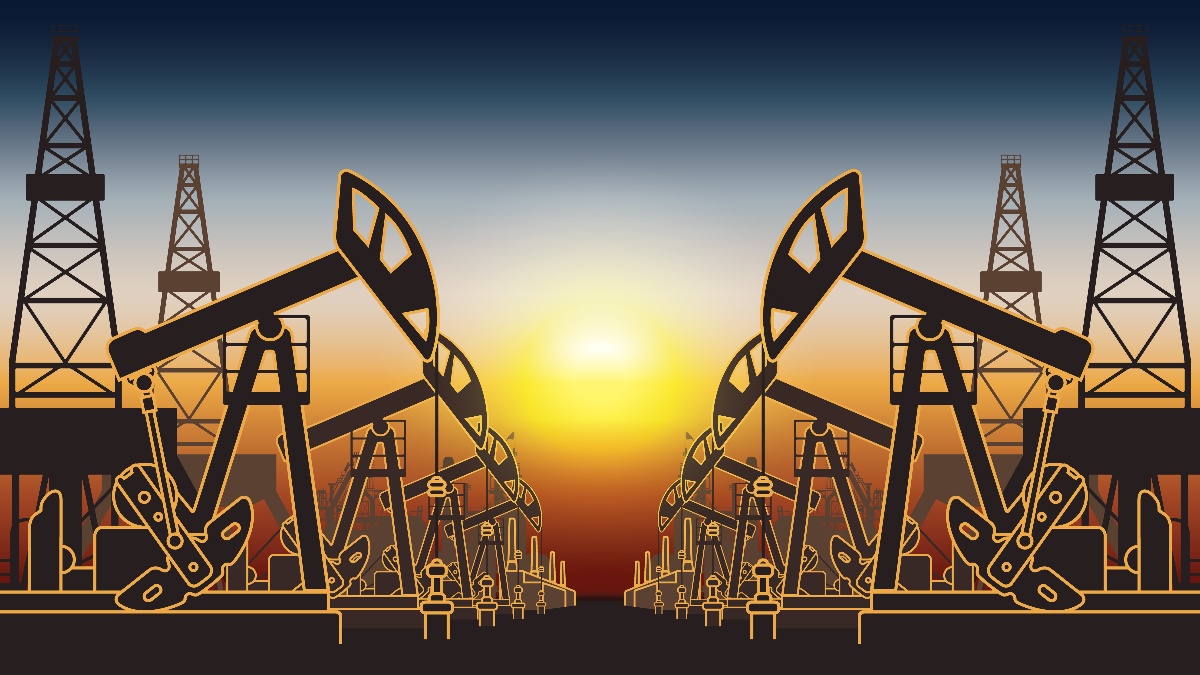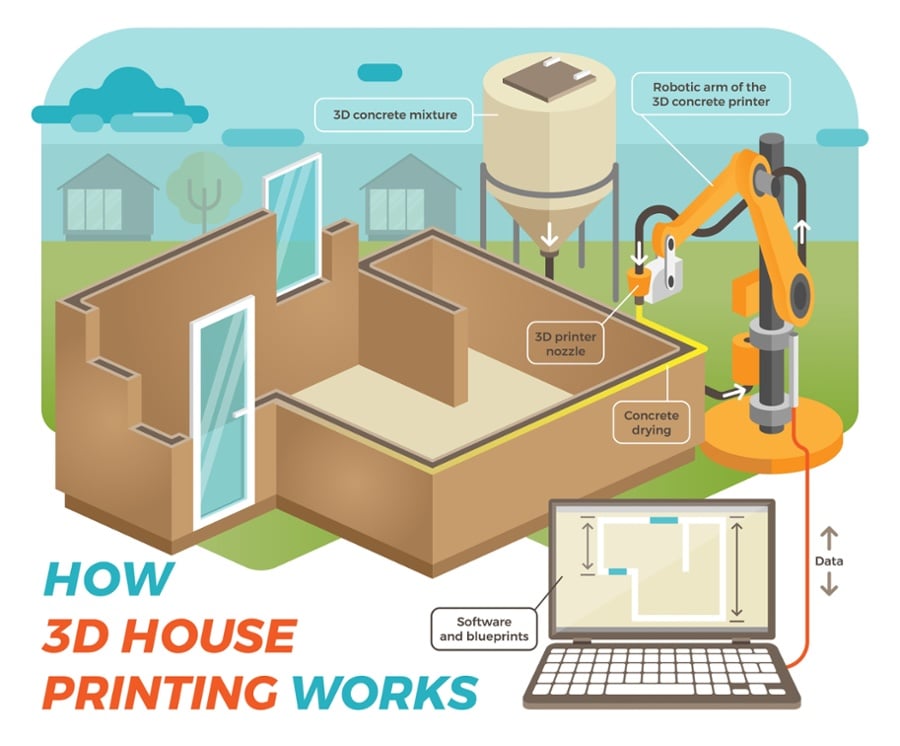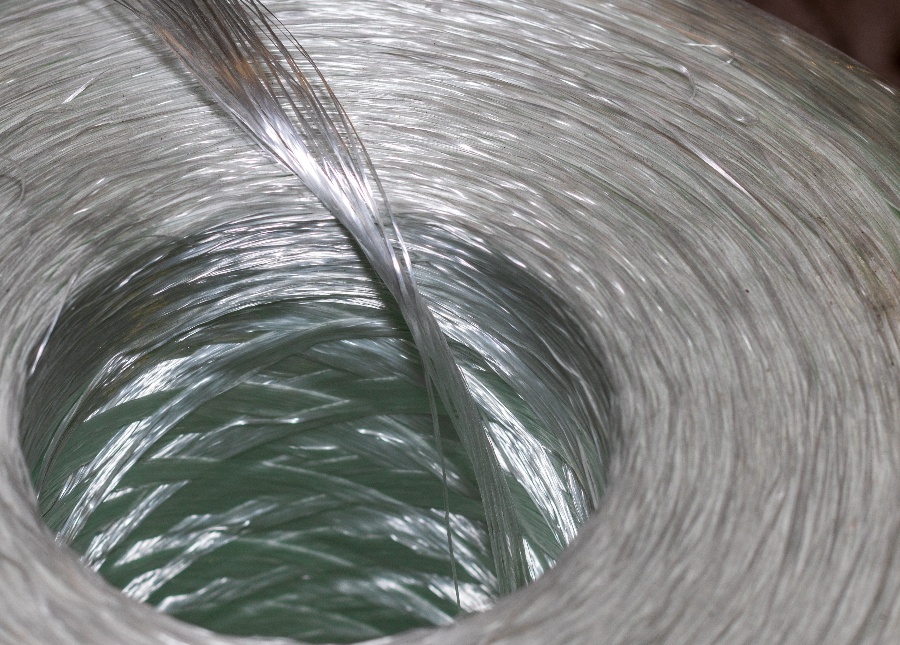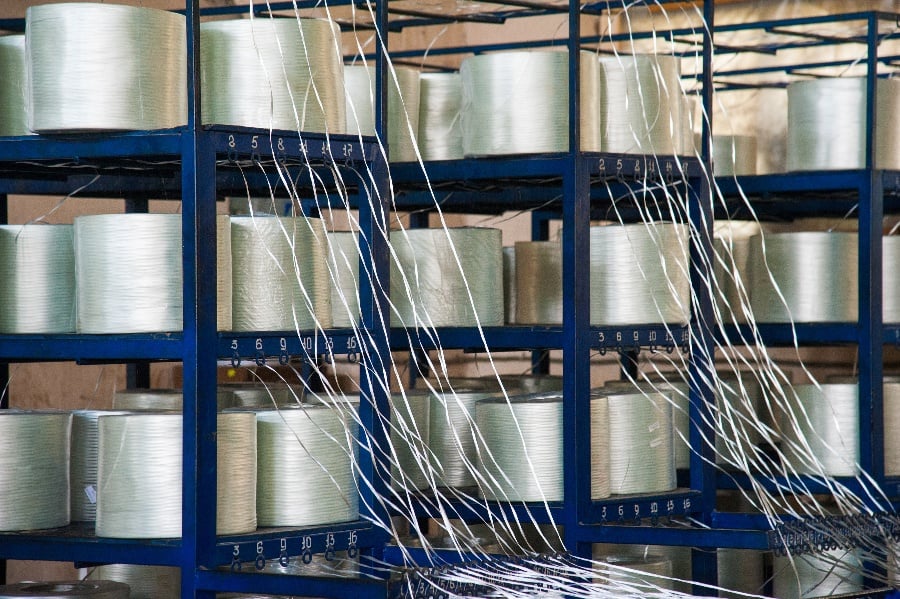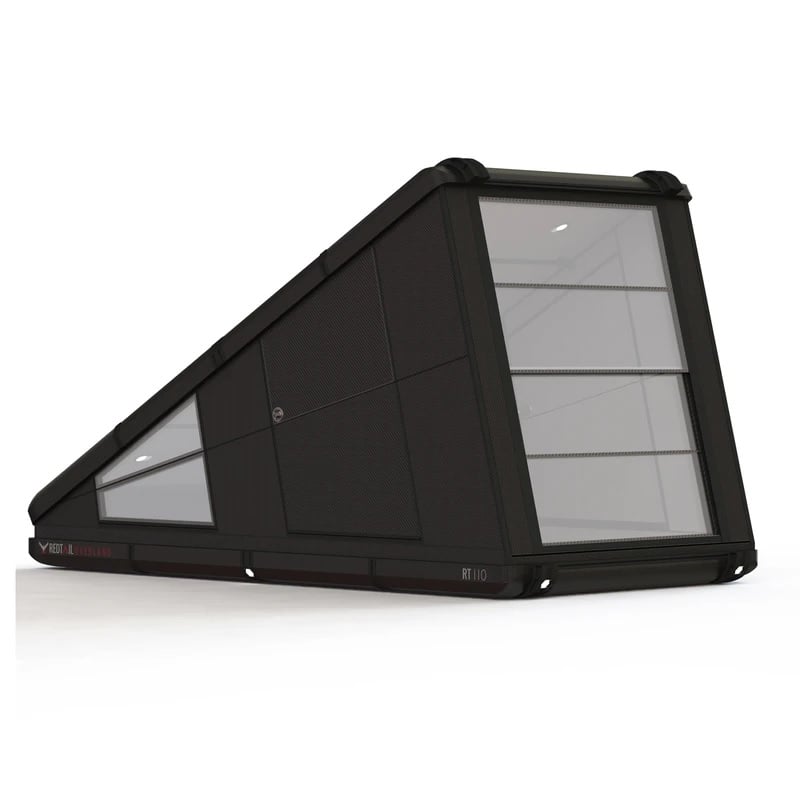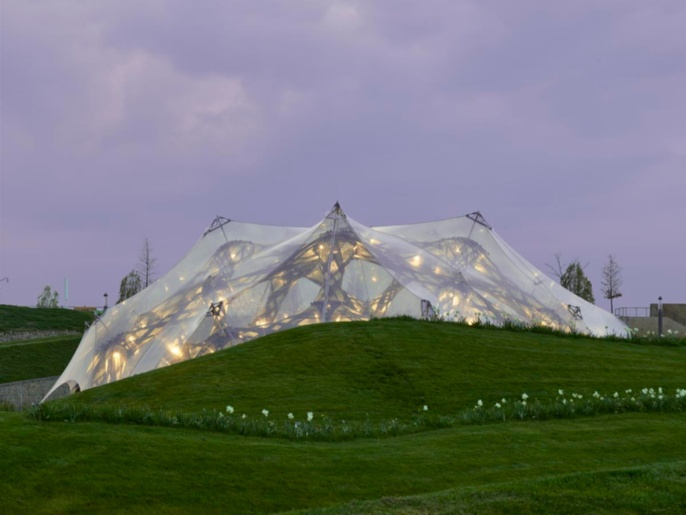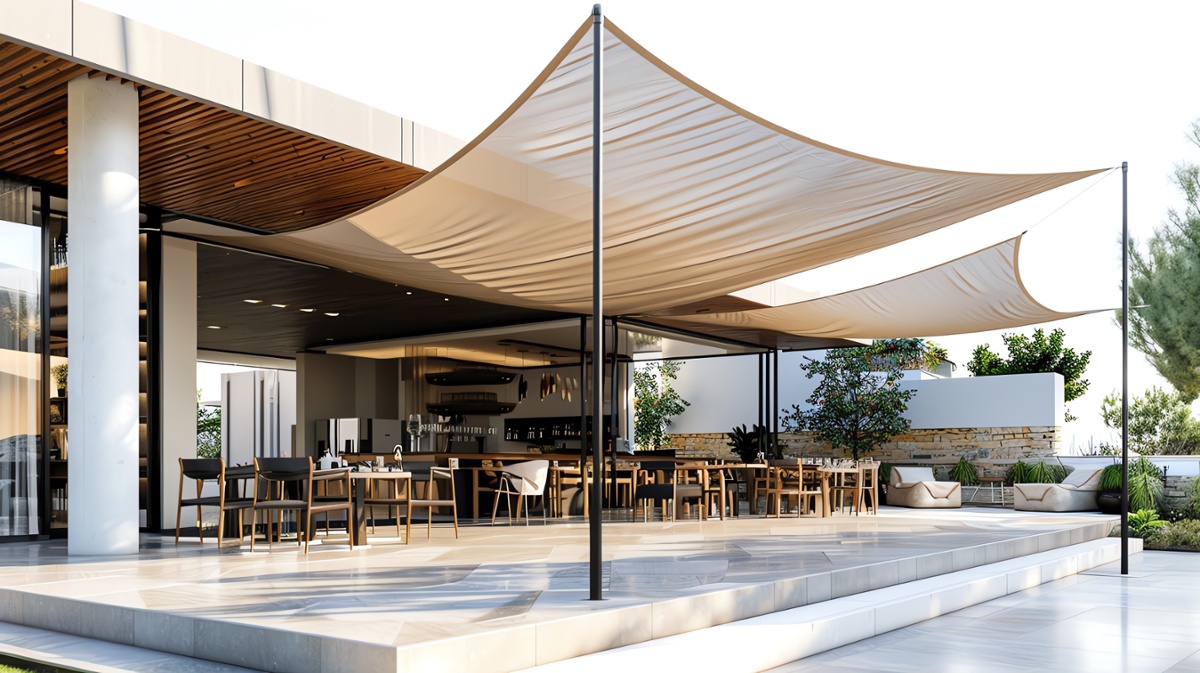
In recent years, Fiber Reinforced Polymer (FRP) composites are increasingly popular in construction is because they enable innovative designs in architecture.
While architects used to create 2D drawings of the structures they wanted to build, things have changed in the Digital Age. Now, architects use digital modeling to explore new possibilities in the realm of design.
With digital modeling, architects now have the creative and artistic freedom that they haven’t had before. Architects ─ with the ability to explore parametric design ─ can experiment with curves to create some of the most visually appealing buildings in the world.
FRP Composites for Aesthetics
Not only can pultruded products be used to reinforce structural integrity in vertical buildings, but they can also be used for aesthetic purposes. Using FRP products to fashion a facade can help the building stand out on the inside and the outside.
FRP panels can be made with various finishes to complete a specific design. For example, the Avenues Mall in Kuwait used FRP composites with a chrome-like finish on the inside of the roof trusses.
If you find yourself walking through the mall and you look up, you will see 192 composite panels reflecting back down at you. What’s even cooler about this design choice is that most people don’t realize that the ceiling is not made of metal.
It is, in fact, a series of FRP composite panels that have been coated with a special spray that left the panels gleaming.
With the help of pultruded products, these shapely designs can be built in a more cost-efficient manner than with traditional building materials such as steel, wood and concrete.
So, what goes into making a pultruded product? Let’s take a look at two of the more commonly used materials: fiberglass and carbon fiber.
Fiberglass and Carbon Fiber
Fiberglass starts out as inorganic silica sand, which along with limestone and soda ash is heated to an extreme temperature — 2500° Fahrenheit.
At this temperature, the sand takes on a molten form. Special forming equipment then draws the molten glass out into incredibly thin strands.
On the other hand, carbon fiber starts out as organic polymers which are long molecular strings bound together with carbon atoms. These polymers are, in most cases, turned into carbon fiber through the polyacrylonitrile (PAN) process. Polyacrylonitrile is the name of the particular polymer used to create carbon fiber.
The PAN process, which has multiple steps, involves spinning the polyacrylonitrile into fibers, making chemical alterations to stabilize it, then carbonizing and treating the surface of the fibers.
The result is a fiber even thinner than fiberglass, but which can be introduced to the pultrusion process in exactly the same way as fiberglass.
Now let’s take a look at the main differences between commonly used materials such as fiberglass and carbon fiber.
1. Rigidity and Toughness
Carbon fiber is stiffer and stronger than fiberglass. This extra rigidity can prove highly useful, allowing manufacturers to meet far more precise stiffness needs. For instance, the silicon tracker modules inside of CERN's Large Hadron Collider required a degree of stiffness that only carbon fiber pultrusions could supply.
However, carbon fiber is not always the better choice for all applications.
Fiberglass ─ with its relatively supple nature ─ is a far better choice for applications that entail high flex patterns. The small flex window of carbon fiber may preclude its use for such applications.
That said, the rigidity of a pultrusion material affects its long-term toughness.
Generally, fiberglass is considered tougher than carbon fiber, since its more flexible nature allows it to withstand stress and physical abuse more easily. Carbon fiber, despite being stronger, usually has a lower breaking point, making it more susceptible to damage over time.
2. Thermal Expansion
Compared to materials like steel and aluminum, fiberglass has a relatively small coefficient of thermal expansion — meaning it won't get significantly larger as the result of temperature changes.
That said, if exposed to extreme enough variations — or if tolerances are especially tight — then fiberglass may not make a suitable choice.
Carbon fiber has a remarkable property in this regard: it actually has a negative coefficient of thermal expansion. As a result, carbon fiber expands as temperatures go down.
This tendency effectively counterbalances the fact that the resin matrix used to bind together the fibers has a positive coefficient, essentially leading to a near-neutral overall coefficient.
3. Weight and Strength
In addition to the relatively thinner diameters of its strands, carbon fiber is 30% lighter than fiberglass. However, this difference may not be that significant when comparing equivalent pieces of pultruded fiberglass and pultruded carbon fiber, since the resin adds an amount of bulk, generally approaching the fibers themselves in both cases, but (in use) a lower volume of carbon may be needed to accomplish the same strength so a lighter end comparison could prevail. Yet as with the weight difference, this strength difference is not necessarily a deciding factor on its own.
For instance, carbon fiber has a fiber strength of 4127, while the type of fiberglass known as E Glass has a fiber strength of 3450 — roughly 16% less.
Yet the differences between the two materials come into focus when you consider these factors in tandem. The strength-to-weight ratio expresses how strong each material is relative to its weight.
E Glass has a strength-to-weight of 564, while carbon fiber has a strength-to-weight of 1013 — nearly twice as great.
This high strength relative to weight means that manufacturers need to use far less carbon fiber when pultruding a given product. As a result, pultruded carbon fiber products can often get away with significantly thinner cross-sections.
This is where the real weight reduction comes into play since less resin will need to be used.
4. Total Project Costs
The advantage in terms of total costs falls clearly to the side of fiberglass. Producing long carbon fibers is far more a time-consuming and difficult process, which naturally makes carbon fiber more expensive.
Likewise, the broader range of uses for fiberglass — including non-pultrusion products — helps to ensure that its price point remains far more competitive.
The Takeaway
Ultimately, both fiberglass and pultruded carbon fiber exhibit unique properties, and neither one is a clear winner for all applications. Instead, carefully consider the needs and parameters of a given product in order to select the material best suited for your needs.
For more information about how to decide between fiberglass and pultruded carbon fiber, please contact the experts at Tencom Ltd.




